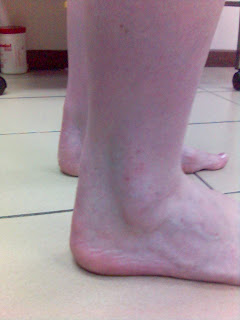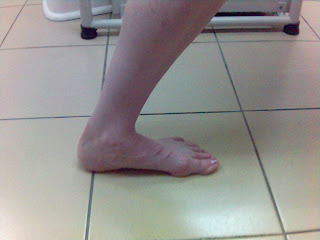Extensor Digitorum tenosynovitis

A guitarist came with complaints of left wrist pain and swelling a few days ago. She had been training vigourously and held the 'chords' with the fingers (left hand) and subsequently did her biceps and triceps curls using dumbbells. Soon after the episode she started having pain and noticed 'fullness' in the back (dorsum) of her wrist.
She was advised to do RICE treatment and apply the anti-inflammatory gel. She was also treated with Ultrasound therapy and isometric wrist exercises. After a few days, the symptoms subsided and she was given a step-by-step exercise program to prevent recurrence.
Read up more here.







.jpg)
.jpg)




.jpg)
.jpg)
.jpg)

.jpg)



